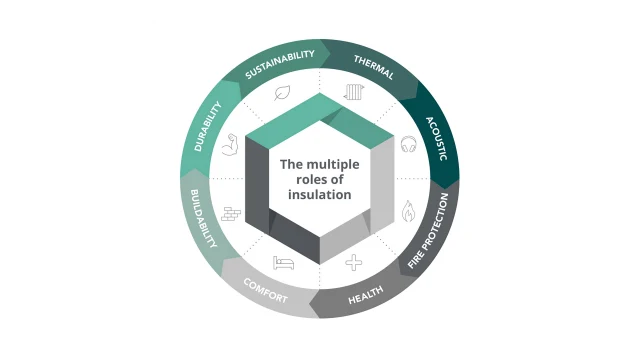Go to Section
Back to Top
Monday 6th September 2021
Also in category: Mould prevention
What are the key points to consider when deciding between natural and synthetic insulations?


Go to Section

Joe Fitzgerald
Technical Manager
Joe is a Passivhaus Contractor with Degree qualifications in Sustainable Construction and Energy Management. He also completed Postgraduate Diplomas in Green Engineering and Advanced Thermal Modelling and a Postgraduate Certificate in Hygrothermal Risk Assessment.